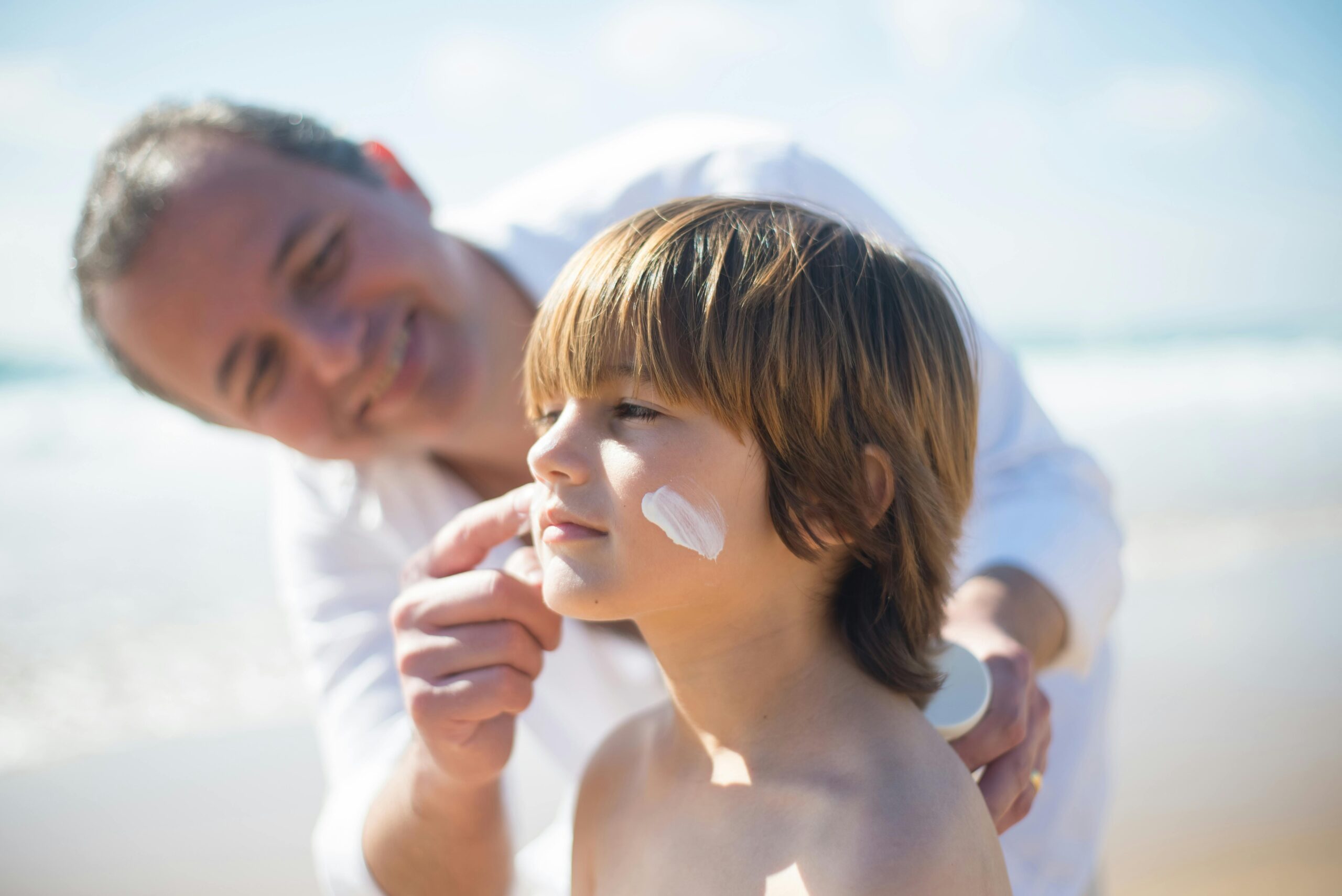Sunscreen’s relevance extends far beyond sunny days by the water. Many believe it is only necessary during the warmer months. Protecting your skin from ultraviolet (UV) damage is an everyday endeavor, regardless of the time of year.
Why is Wearing Sunscreen Necessary?
Sunscreen provides a protective barrier against harmful ultraviolet rays from the sun, specifically UVA and UVB rays. These rays have different effects on your skin, but are both responsible for skin damage in their own ways. UVA rays penetrate deeply into the skin, contributing to premature aging, such as wrinkles and discoloration. UVB rays primarily impact the surface of the skin, often resulting in sunburns.
UV rays maintain a consistent level of intensity throughout the year and can even pass through obstacles. This means exposure can occur during cloudy weather. Snow, sand, and water can also reflect the sun’s rays, increasing exposure levels. By using sunscreen, you may block or minimize the effects of these rays, helping to maintain healthier skin over time. Some products are labeled as “broad-spectrum,” meaning they’re formulated to protect against both UVA and UVB rays. This type of sunscreen is recommended for comprehensive protection in everyday situations.
What Sunscreen Should You Use?
Many factors should be taken into account when choosing sunscreen, including your skin type, lifestyle, and outdoor activity level. Products are generally classified by their sun protection factor (SPF), which measures their ability to shield the skin from UVB rays. Dermatologists often suggest using a product with an SPF of at least 30 for daily use.
If you engage in outdoor sports or activities that involve water, waterproof or sweat-resistant sunscreens may benefit you, as they remain effective for longer periods even when exposed to moisture. Reapplication is key with any sunscreen, especially after swimming, sweating, or prolonged sun exposure. A general guideline is to reapply every two hours to maintain protection.
Are There Consequences for Not Wearing It?
Skipping sunscreen application can result in several long-term effects on the skin. One of the most visible outcomes is premature aging, often manifested as wrinkles, sagging, and dark spots caused by UVA exposure. Cumulative sun exposure without protection over time may lead to these changes.
More significantly, unprotected exposure to UV rays may increase the risk of developing skin cancer. Overexposure to UV rays may lead to DNA damage in skin cells, potentially causing abnormal cell growth. This underscores the role of sunscreen in reducing UV exposure as part of a broader skin cancer prevention plan. While certain conditions, such as cloudy weather or colder seasons, may seem to reduce exposure risks, UV rays can still penetrate through clouds and indirectly affect you on reflective surfaces like snow or ice. Incorporating sunscreen into your daily routine can help mitigate these risks over time.
Speak Further With a Dermatologist
Sunscreen is a foundational component of a good skincare routine, whether you’re facing sunny summer days or overcast winters. While it plays a protective role, tailoring your sunscreen use to your lifestyle and environmental exposure is just as relevant. If you have specific concerns about skin damage or questions about choosing the best sunscreen, a dermatologist can provide personalized guidance.
- FREHF – The Revolutionary Future Of Human-Centered Technology!
- Adsy.Pw/Hb3 – Boost Your SEO And Drive More Traffic!
- Fitness Based Vacations By Timeshealthmage.com!
- TimesHealthMag Tips For Improving Sleep Quality – Expert Advice For Better Rest!
- How TimesHealthMage Helps Improve Your Lifestyle Habits!


Leave a Reply